

This guide provides comprehensive information on selecting the appropriate drywall screws for metal studs, covering screw types, sizes, and installation techniques. Learn how to choose the best screws for your project and ensure a secure, long-lasting finish. We'll delve into the specifics to help you make informed decisions, ultimately saving you time and money.
Self-tapping screws are the most common choice for attaching drywall to metal studs. These screws create their own threads as they are driven into the metal, eliminating the need for pre-drilling. They come in various lengths and materials, with steel being the most prevalent. Look for screws with a sharp point and aggressive threads for optimal performance. Consider the gauge of the metal stud when selecting screw length; insufficient length can lead to weak attachment. Choosing a screw with a good thread design will improve grip.
Drywall screws with drill points are designed to penetrate metal studs more easily. The drill point helps prevent the screw from walking or slipping, making installation smoother and more efficient. They are particularly useful for thicker metal studs or when working with tougher materials. The drill point helps reduce the chance of damaging the drywall during insertion. For robust applications, these are a better choice.
The optimal screw size depends on the thickness of your drywall and the gauge of your metal studs. Thicker drywall and heavier-gauge studs require longer screws for sufficient penetration and secure fastening. Using too short a screw can result in weak fastening and potential damage. Choosing the right screw length is vital for the structural integrity of your project.
| Drywall Thickness (inches) | Metal Stud Gauge | Recommended Screw Length (inches) |
|---|---|---|
| 1/2 | 25 | 1 |
| 5/8 | 25 | 1 1/4 |
| 1/2 | 20 | 1 1/8 |
Steel screws are the most common type, offering a balance of strength and cost-effectiveness. Some manufacturers also offer screws made from other materials, such as stainless steel, for enhanced corrosion resistance, particularly in environments with high humidity or exposure to the elements. The choice of material should depend on the specific project requirements and environmental conditions.
Always pre-drill pilot holes for thicker metal studs to avoid stripping the screw head or damaging the stud. Use the right size drill bit to ensure a proper fit. Consistent spacing between screws is crucial for even weight distribution and structural integrity. Consult local building codes to determine the appropriate screw spacing for your specific application.
For optimal results, use a quality screwdriver or drill with a magnetic tip to prevent the screws from falling. A power screwdriver can significantly speed up the installation process. However, avoid over-tightening the screws; this can damage the drywall or the metal stud. A slightly recessed screw head offers a clean, professional finish. You might consider using a countersink bit to achieve this result.
Selecting a reputable manufacturer is crucial for ensuring the quality and consistency of your drywall screws for metal studs. Look for manufacturers with a proven track record and positive customer reviews. Consider factors such as material quality, manufacturing processes, and customer service when making your decision. Checking certifications and industry standards can also provide assurance about the quality of the product.
For high-quality drywall screws for metal studs, consider exploring options from reputable suppliers. Many companies specialize in providing construction materials, and a thorough research process can help you find the perfect fit for your project. One potential supplier you can check out is Hebei Muyi Import&Export Trading Co.,Ltd.
Remember to always follow manufacturer's instructions for proper installation. Using the right screws and techniques will guarantee a secure and long-lasting installation. Proper preparation and execution is key to ensuring a successful outcome.

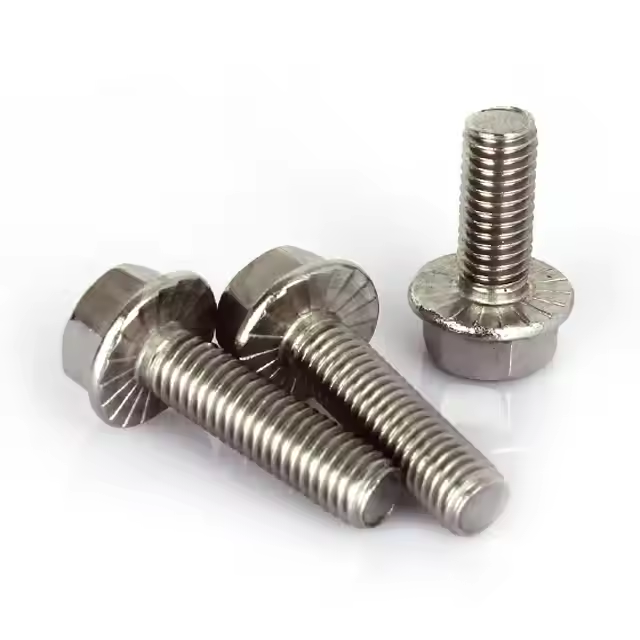

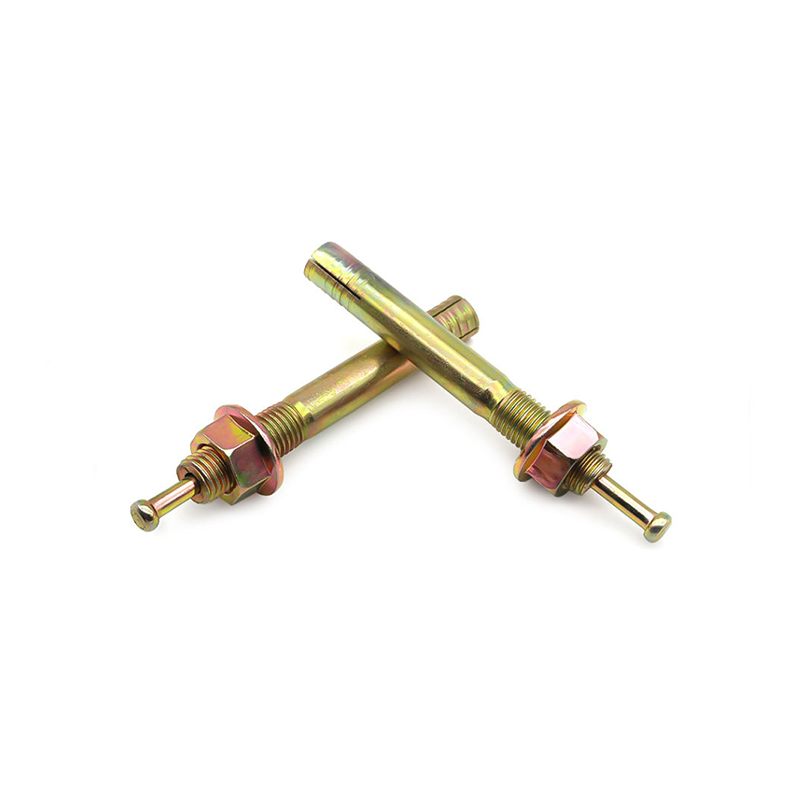
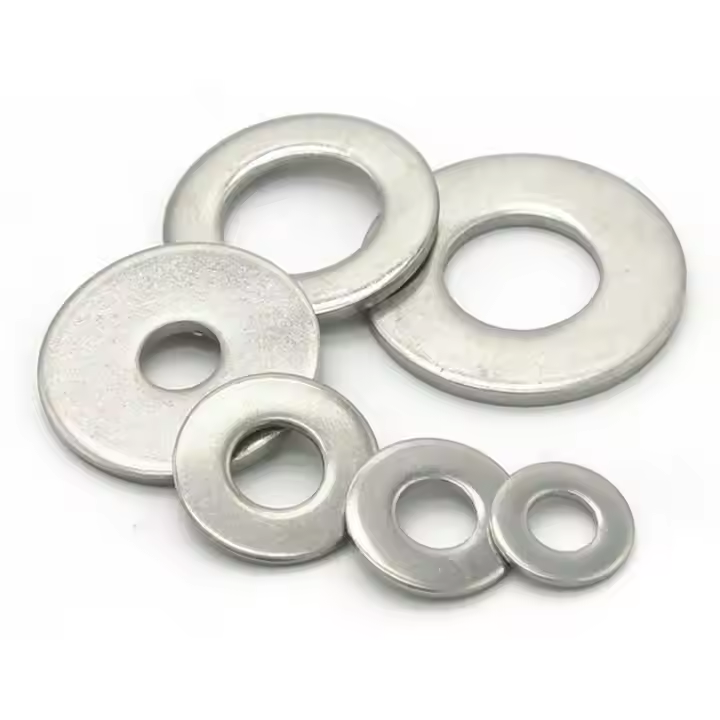
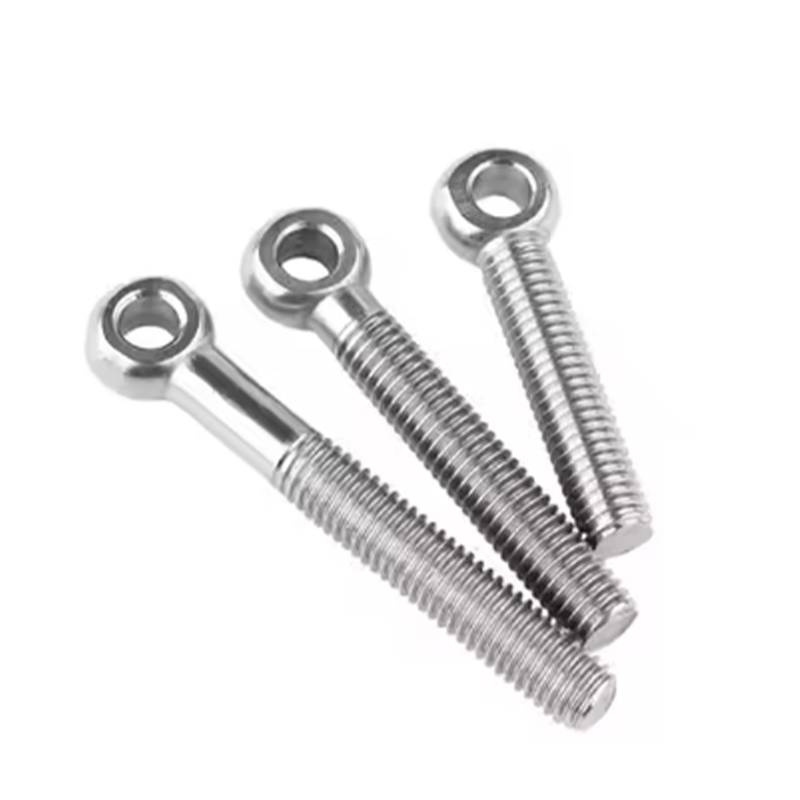
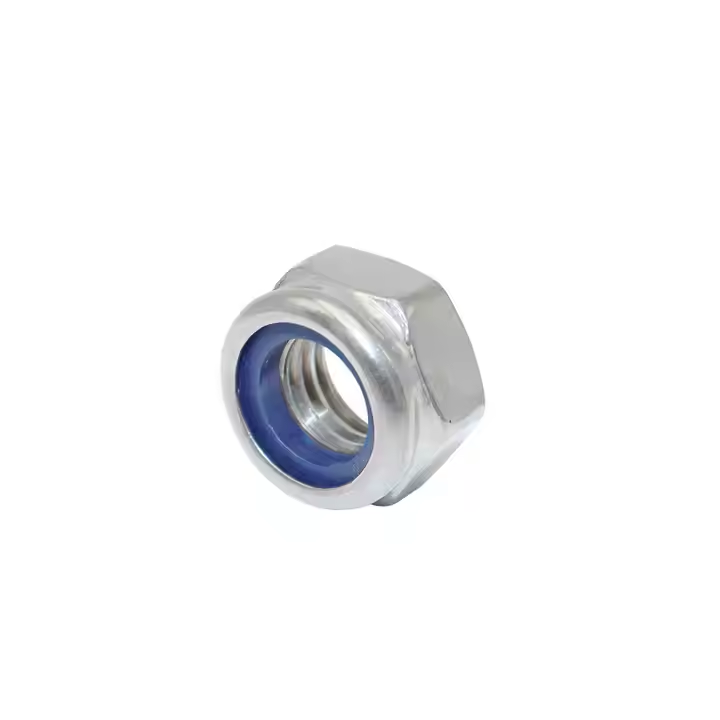
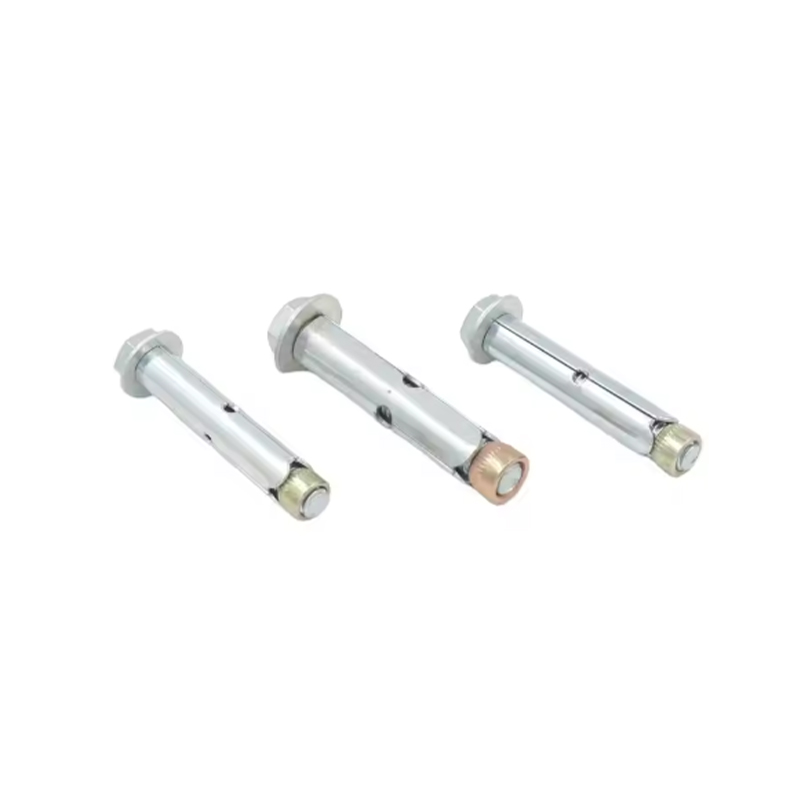
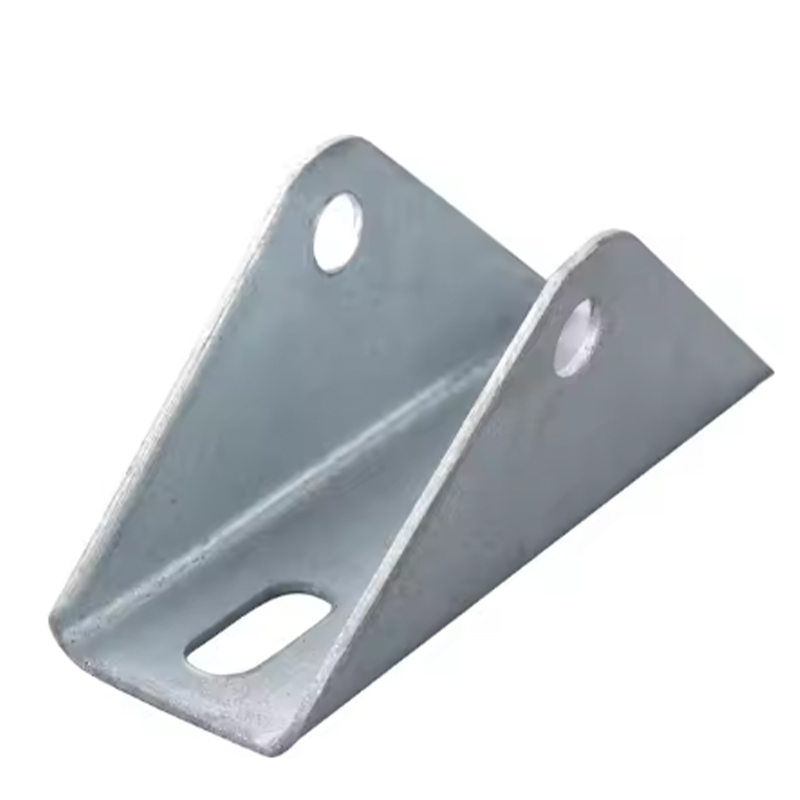
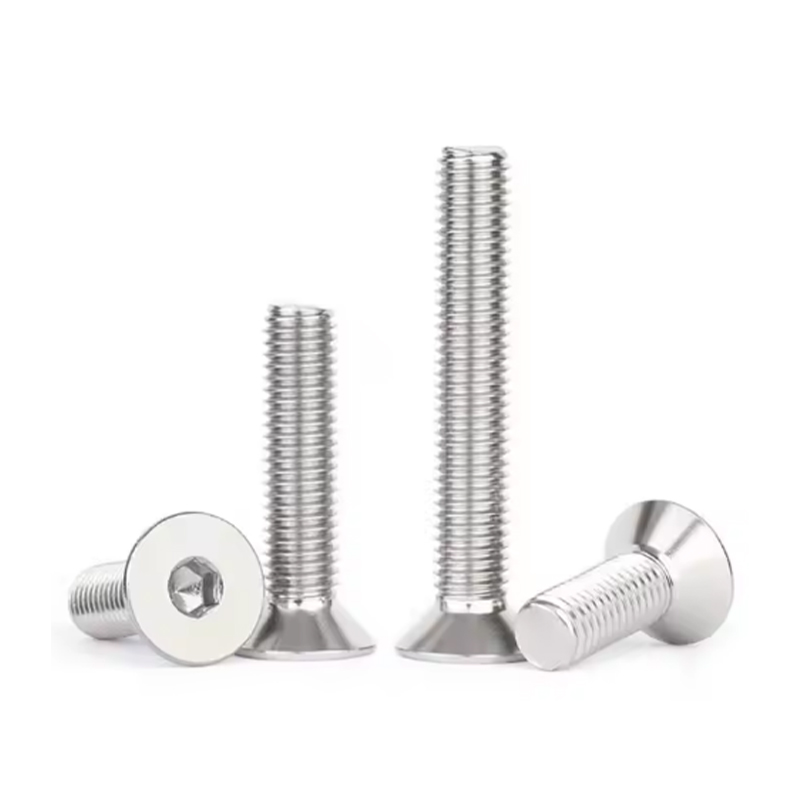
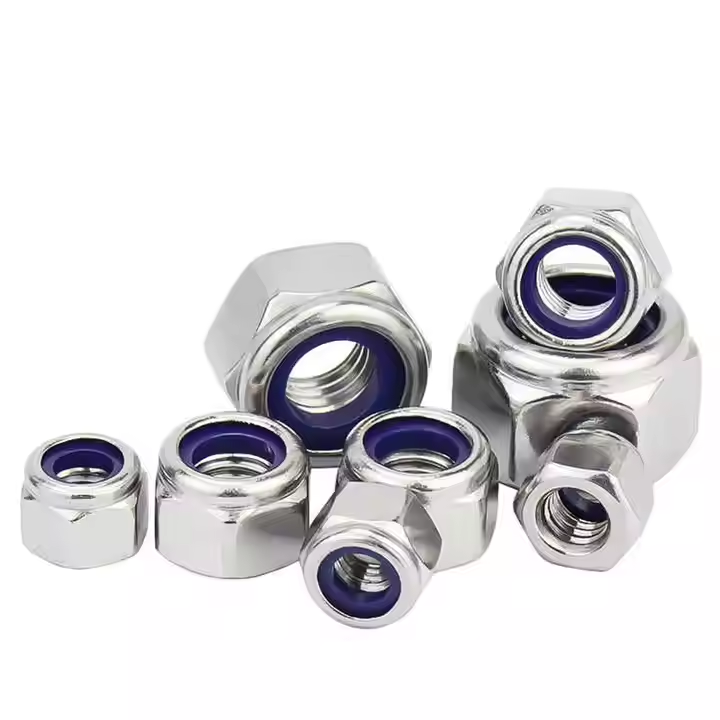
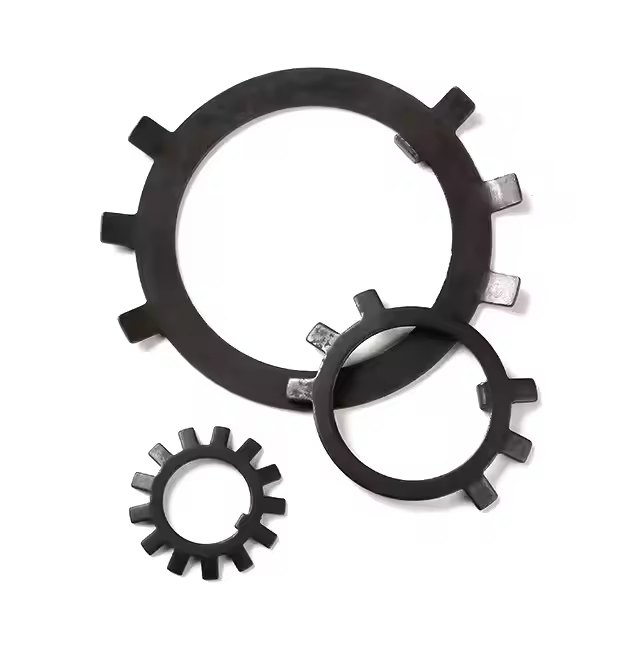
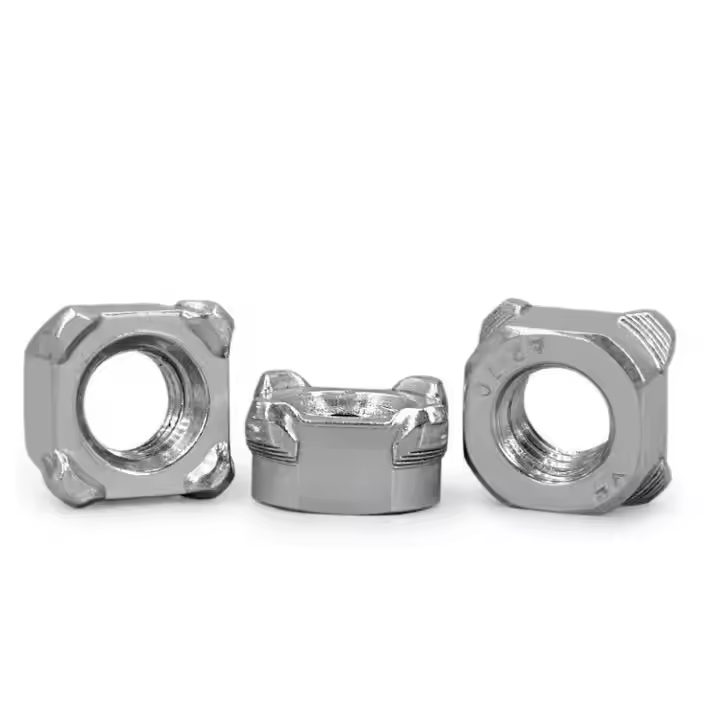
Please enter your email address and we will reply to your email.